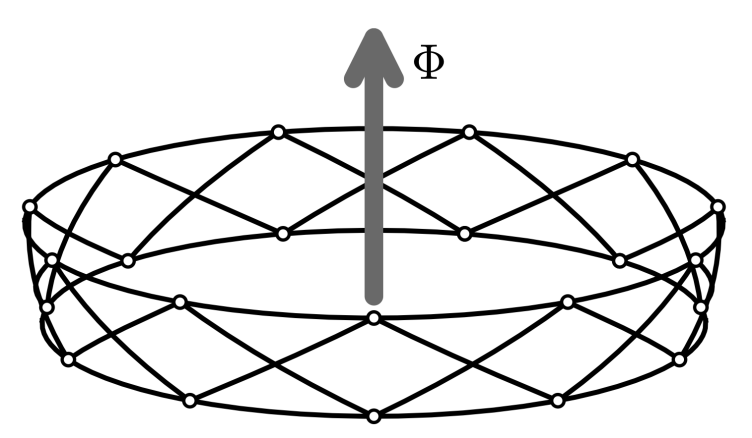Topology, flat bands, and superconductivity
In flat bands, single electrons can't move. It turns out that for pairs, the situation might be drastically different: Not only can superconductivity arise from interactions, it's strength might be bounded from below if topology rears its head.

When electric current is flowing without resistance, we speak of superconductivity. Since 1957 we have had a good theoretical understanding of this intriguing effect in terms of the BCS (Bardeen-Cooper-Schrieffer) theory. The BCS theory explains the phenomena of superconductiviy as a "simple" instability of a system of non-interacting electrons. The underlying assumption is of course, that there is a well defined Fermi-surface which can undergo this superconducting instability. The question arises what happens, if there is no such Fermi surface? Can there still be superconductivity?
With a series of works we tried to approach this question from the viewpoint of flat bands. If the energy of the single electrons does not depend on their momentum (i.e., we have flat bands), clearly, there is no well defined Fermi surface. However, through numerical and analytical studies we could show that superconductivity can nevertheless arise. In fact, it turns out that for certain lattices, the original BCS wave-function is not only an approximate variational wave function, but is the true exact solution for the ground state! Moreover, topological properties like the winding number can bound the superconducting response from below. In other words, if superconductivity does arise in these lattices, it is bound to be very strong. The recent discovery of "high-temperature" superconductivity in twisted bilayer graphene might render our result of experimental importance.
References
Tovmasyan M, Peotta S, Törmä P, Huber SD. Effective theory and emergent SU(2) symmetry in the flat bands of attractive Hubbard models, external page Physical Review B 94, 245149 (2016)
Tovmasyan M, Peotta S, Liang L, Törmä P, Huber SD. Preformed pairs in flat Bloch bands, external page Physical Review B 98, 134513 (2018)